Today’s Japanese food is “OSECHI”.
“OSECHI” is Japanese new year dish eaten from old days. We eat the “OSECHI” during the first three days of the new year.
I would like to introduce the “OSECHI” in two days.
“OSECHI” is made from some dishes. The dishes are filled in the lunch box called “JYU-BAKO” (nest of boxes).
In under, I will explain the dishes inside the “JYU-BAKO.
Please look at the photo. Fourteen dishes are in the “JYU-BAKO”. There are meanings in the each dishes. I will explain the mainly dishes meanings.
1)The upper right corner: “Datemaki” (Rolled egg) and “Kuro-mame” (black beans)
“Datemaki”: The term “date” is used to express gorgeousness. So, it’s gorgeous fried eggs.
“Kuro-mame”: “Kuro” (black) means to paid illness and wished for longevity and health (perfect state of health).
2)The top middle: The white and red one is “Kouhaku-kamaboko” (boiled fish paste).
As for the red, it means “talisman against evil”. And the white means “the cleanliness”. It is said that a red-and-white color is lucky in Japan.
3)The upper left corner: “Kuri-kinton”
“Kuri-kinton” is mashed sweet potatoes with sweetened chestnuts. It means treasure and prayed for luck with money.
4)The middle: “Ebi-no-yakimono” (roasted shrimp)
It means to pray for a long life, because the shape of a shrimp with its long antennas and curved waist is similar to that of an aged person.
Tomorrow, I will explain the rest dishes meanings.
See you tomorrow!
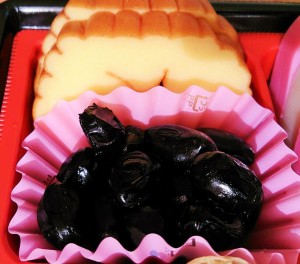
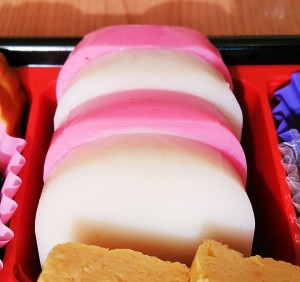
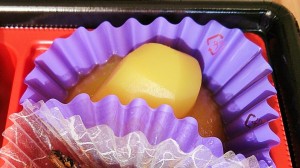
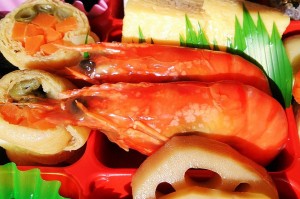
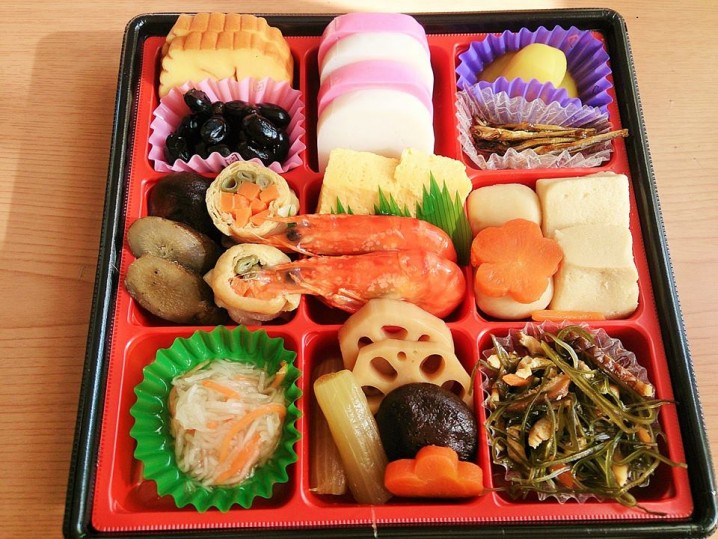
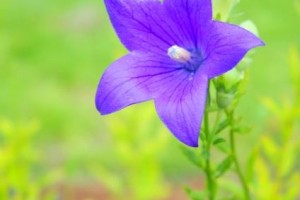
![[ Sakura flowering forecast 2016 ]](http://re-discoveryjapan.net/wordpress/wp-content/uploads/2016/04/Sakura-flowering-forecast-2016-300x200.jpg)


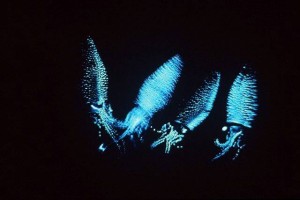

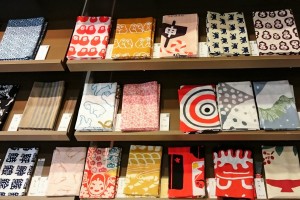
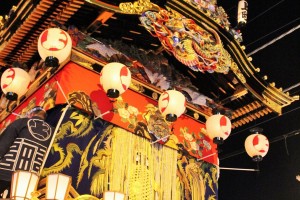
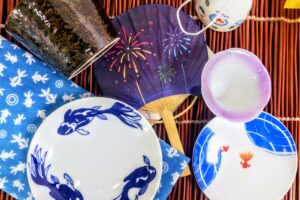
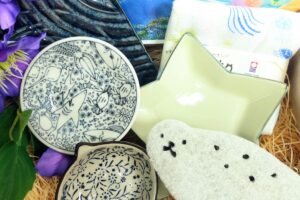
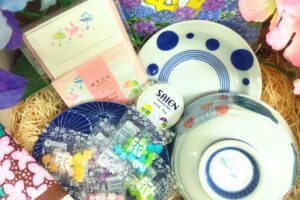
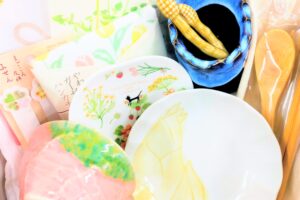
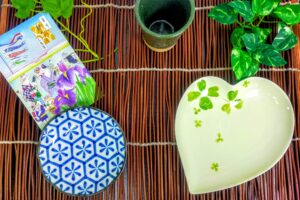
Recent Comments